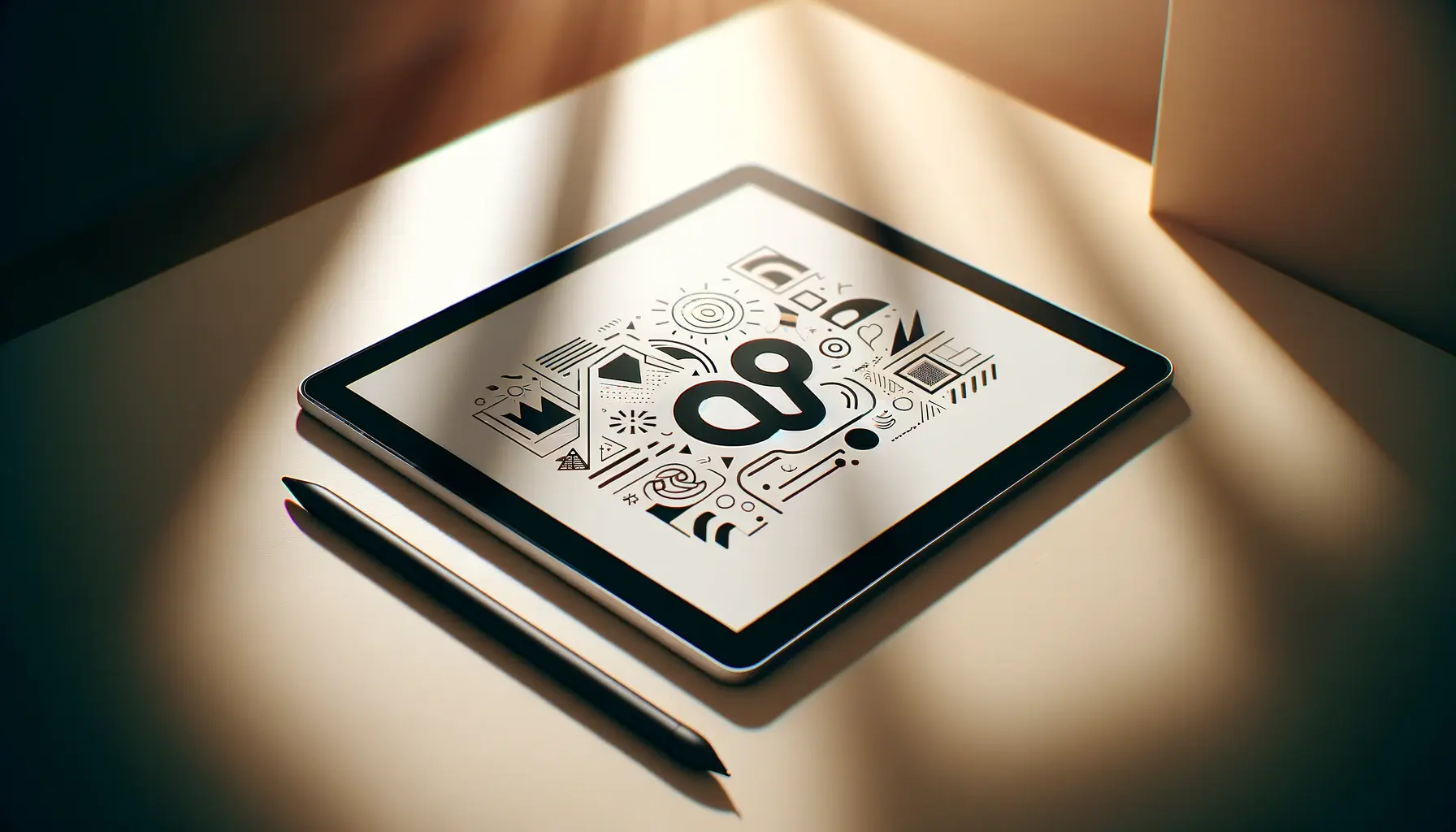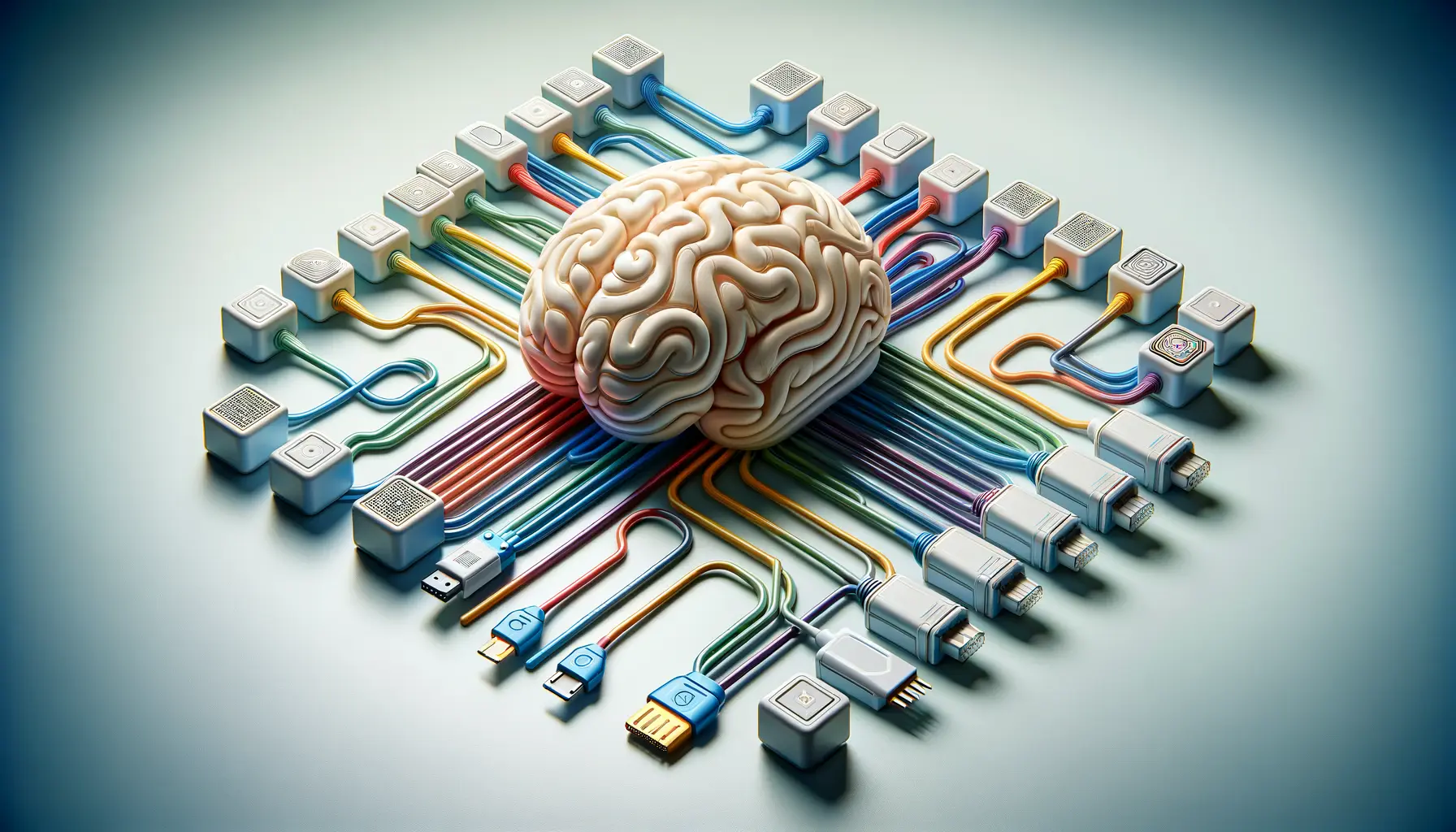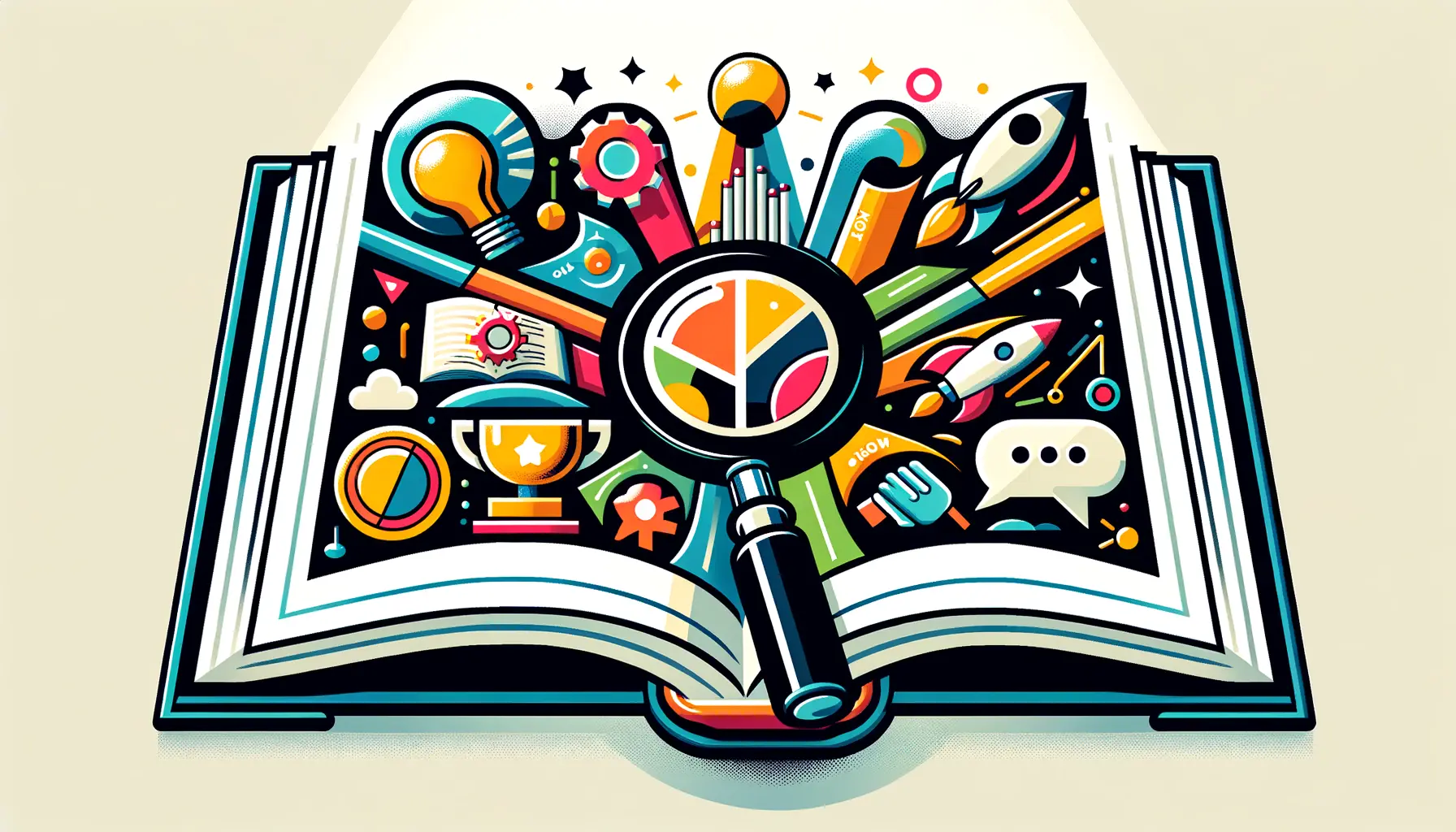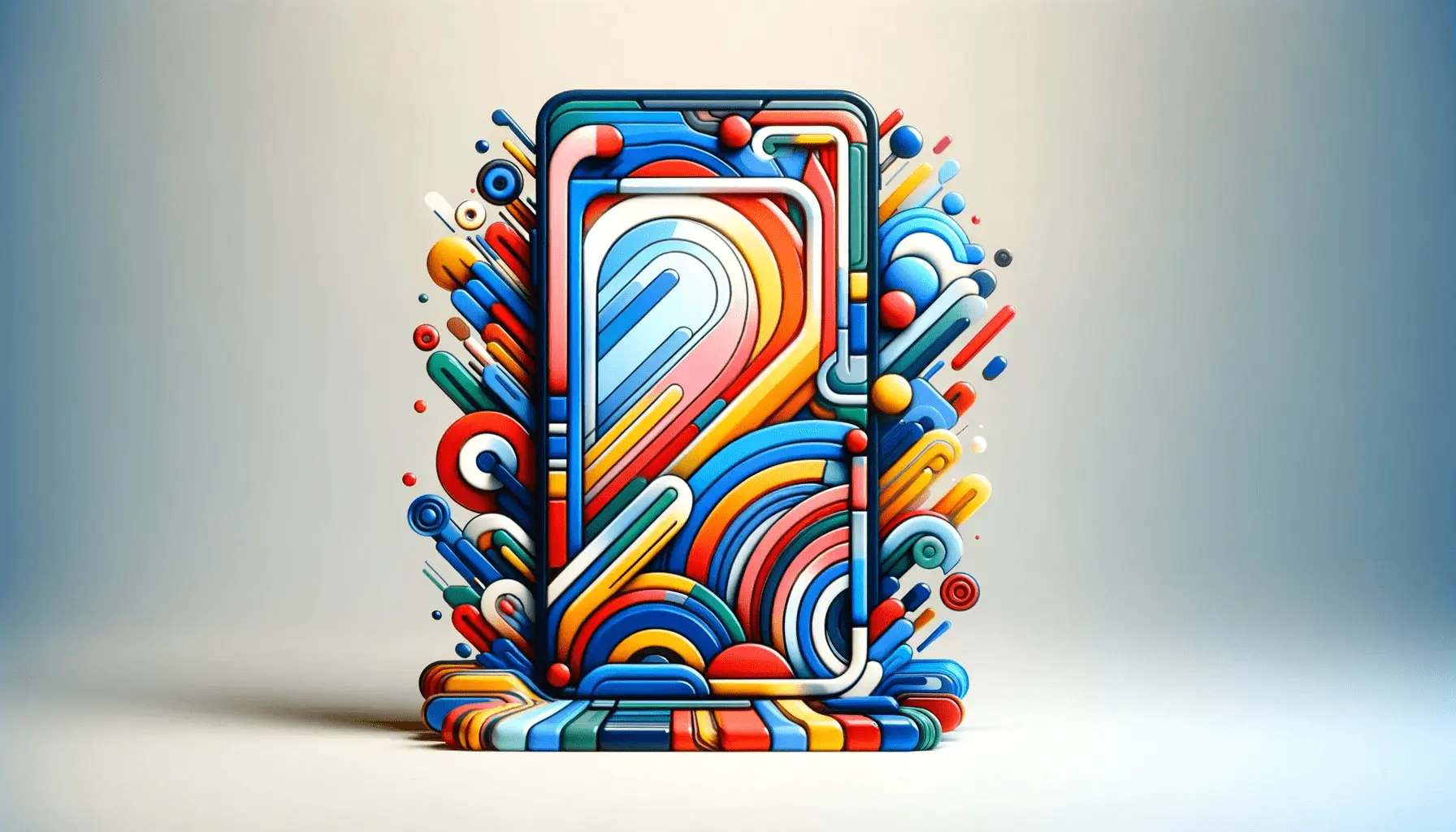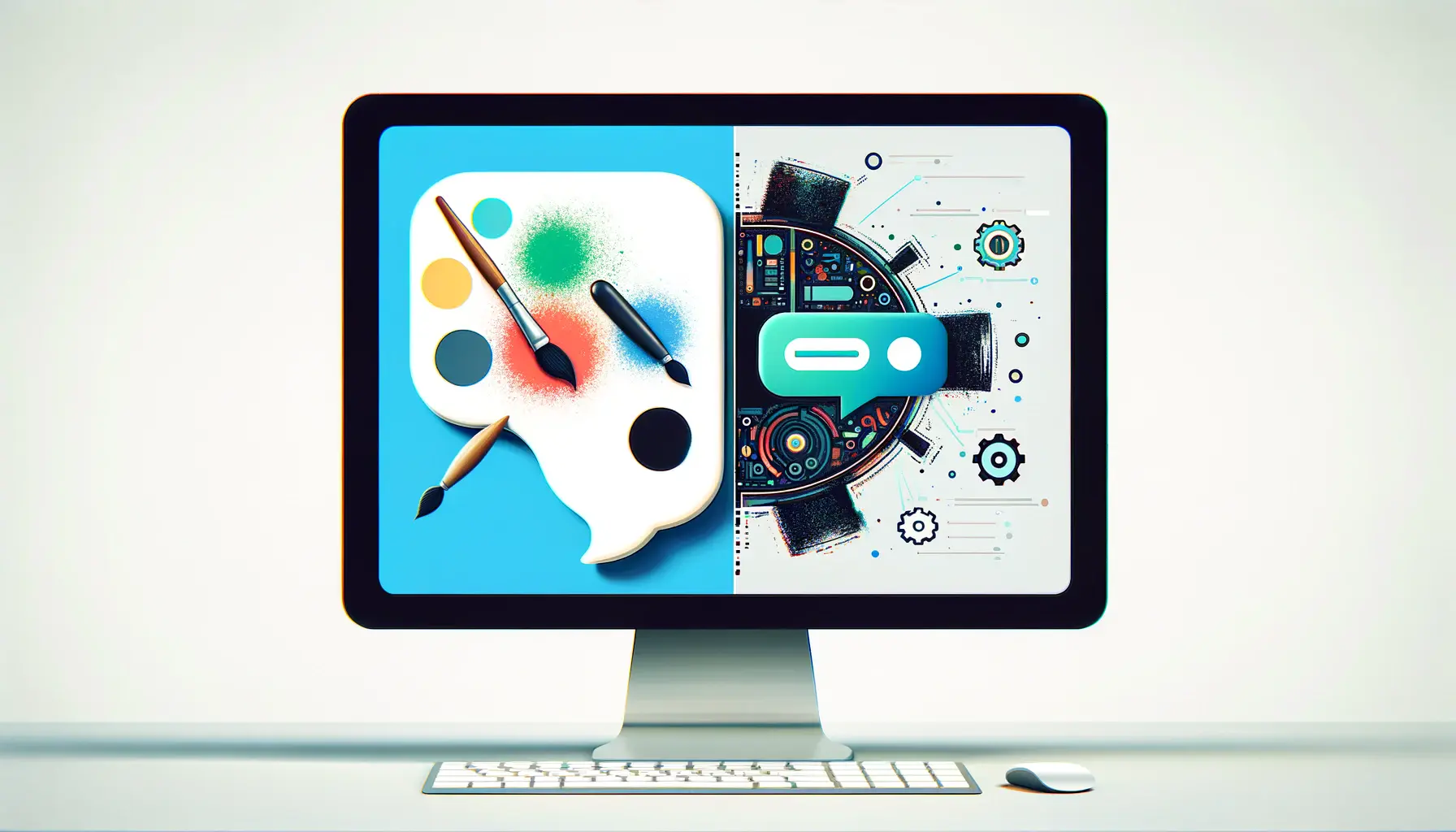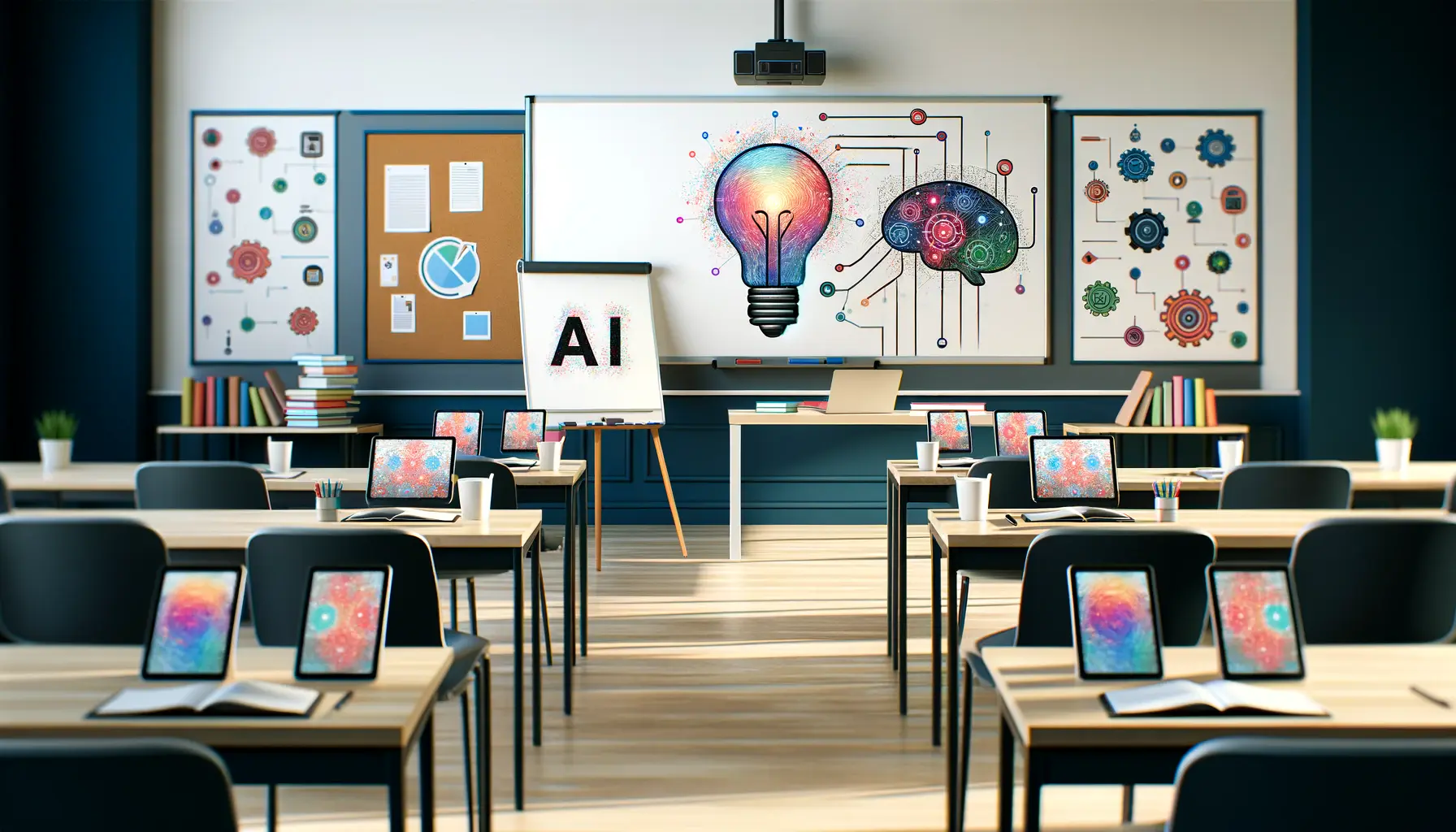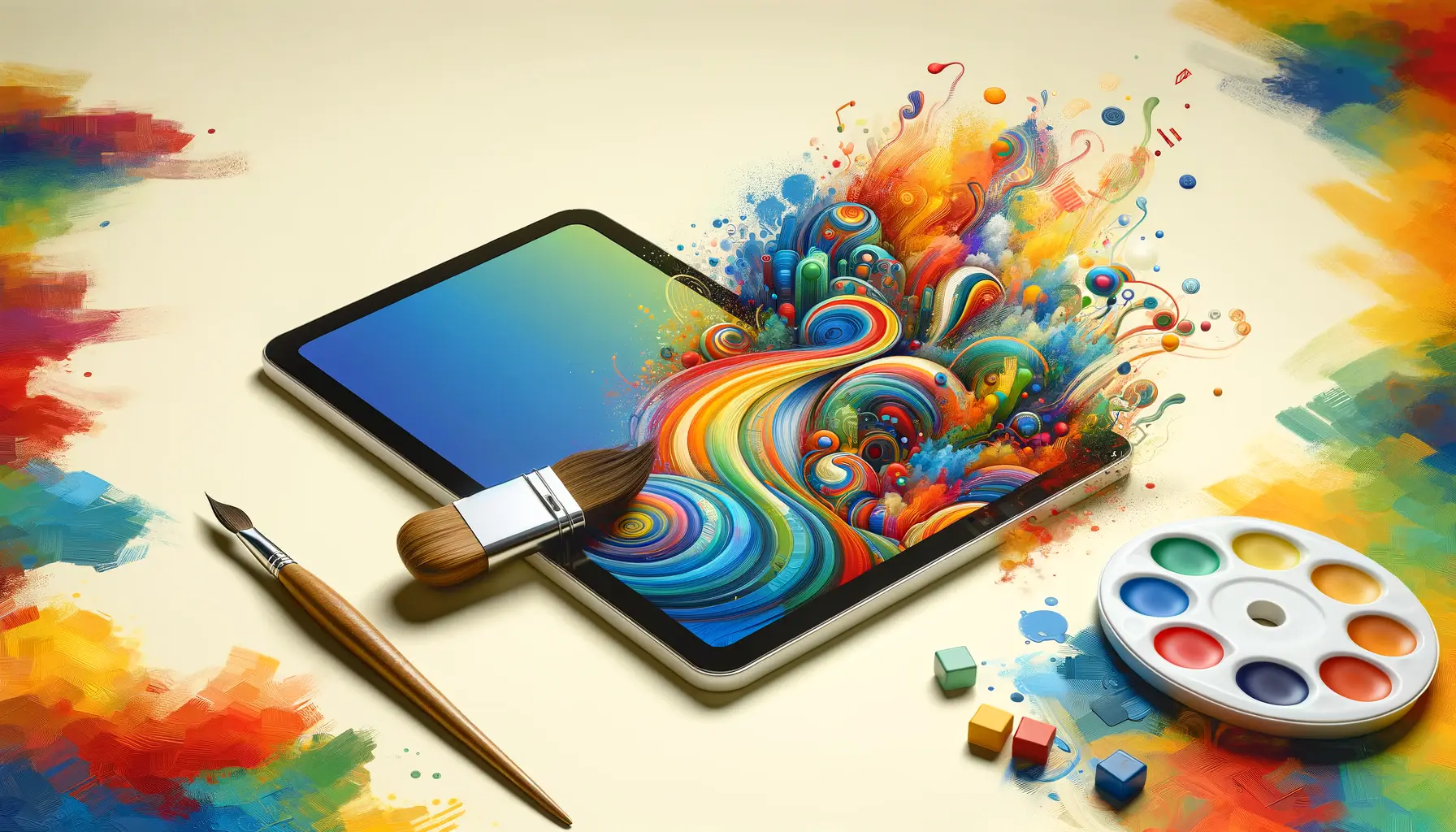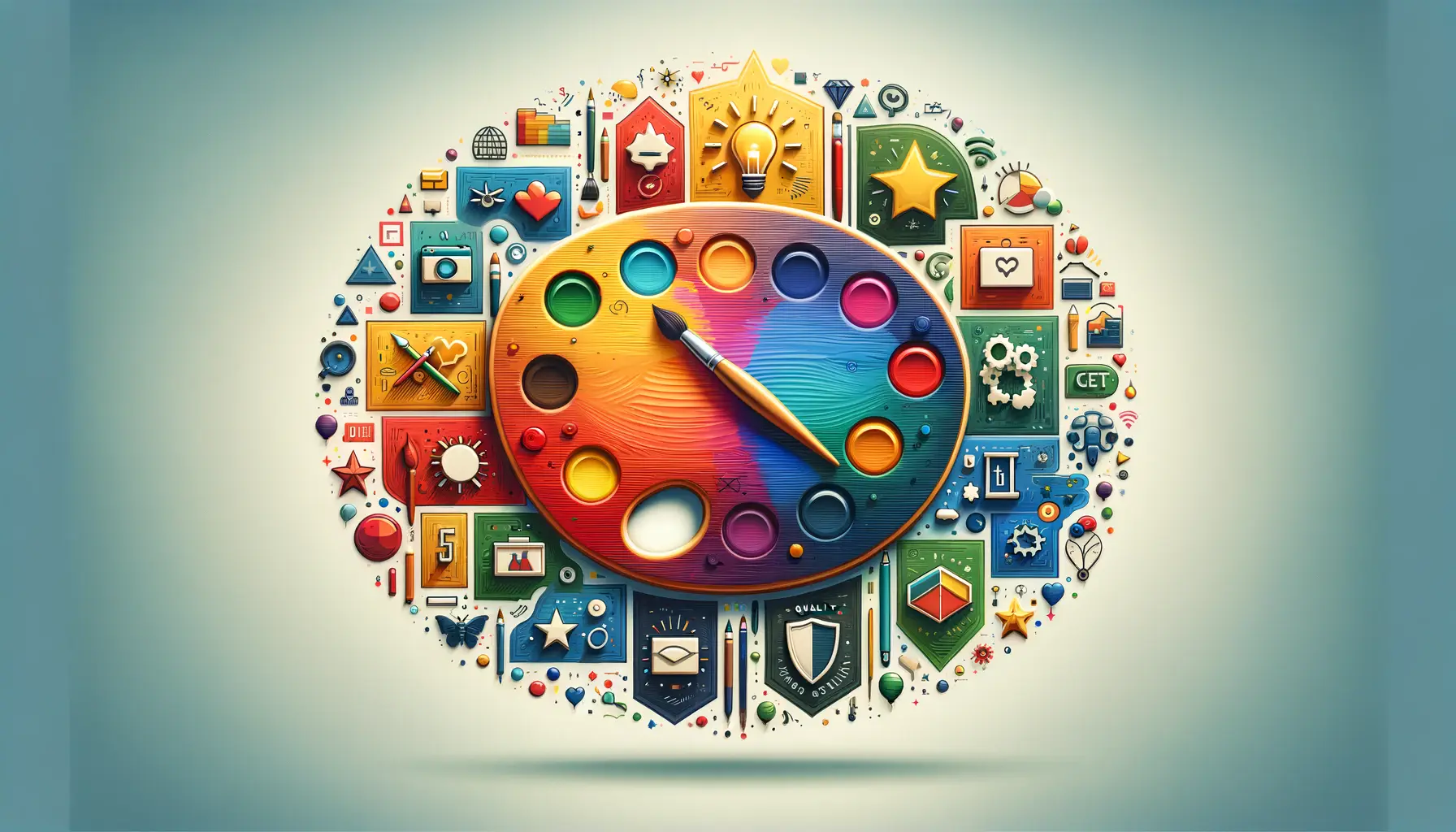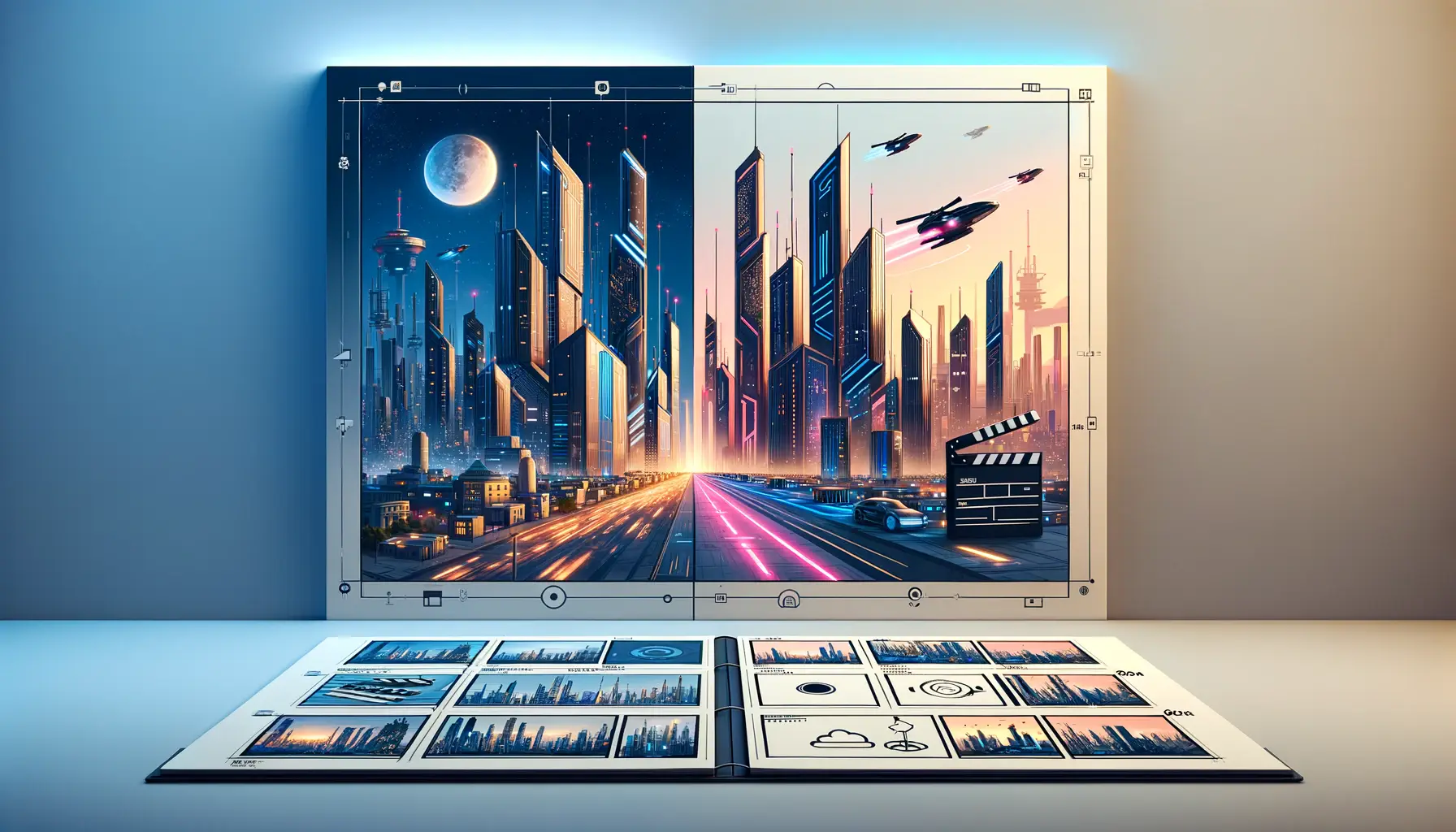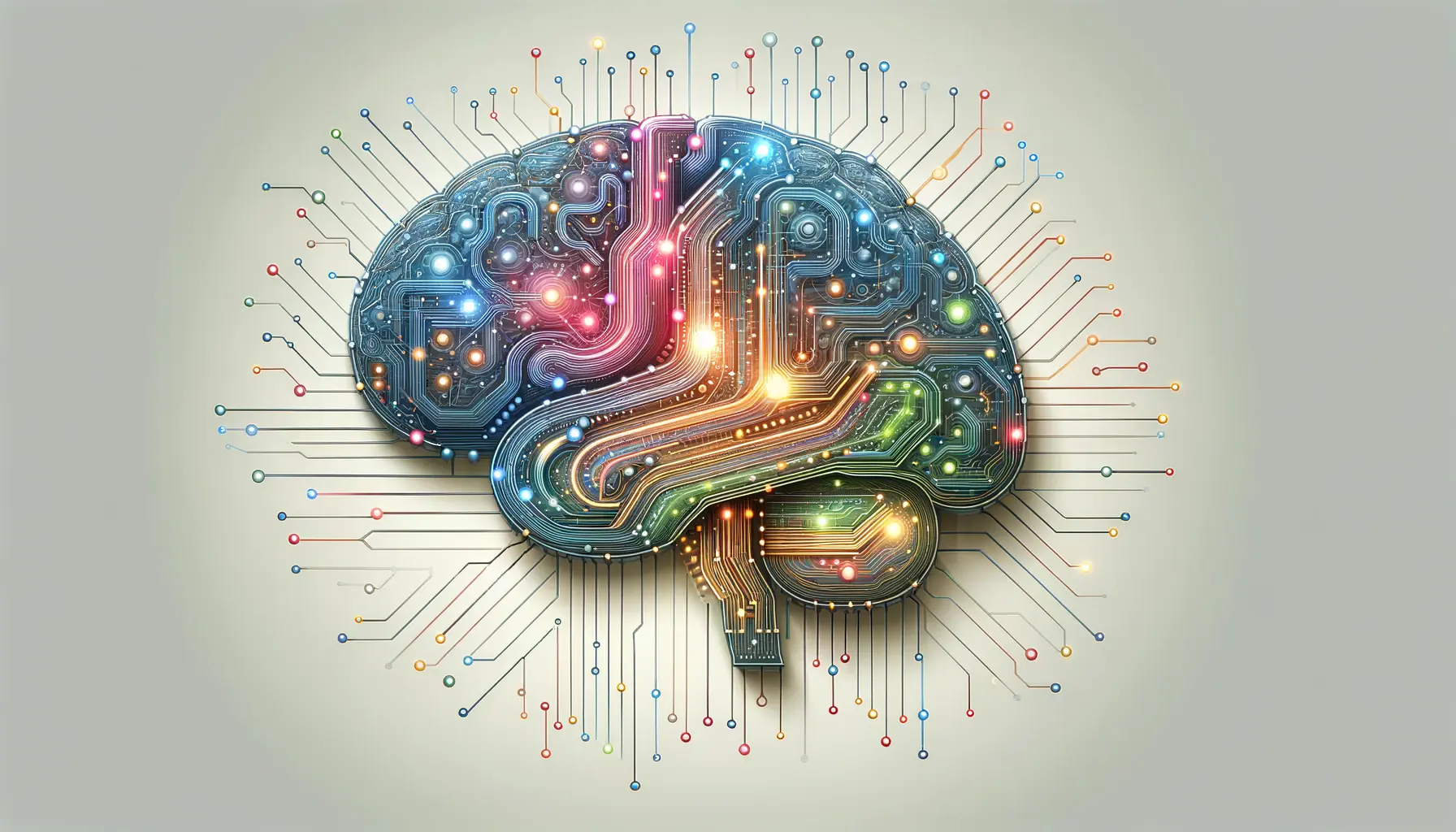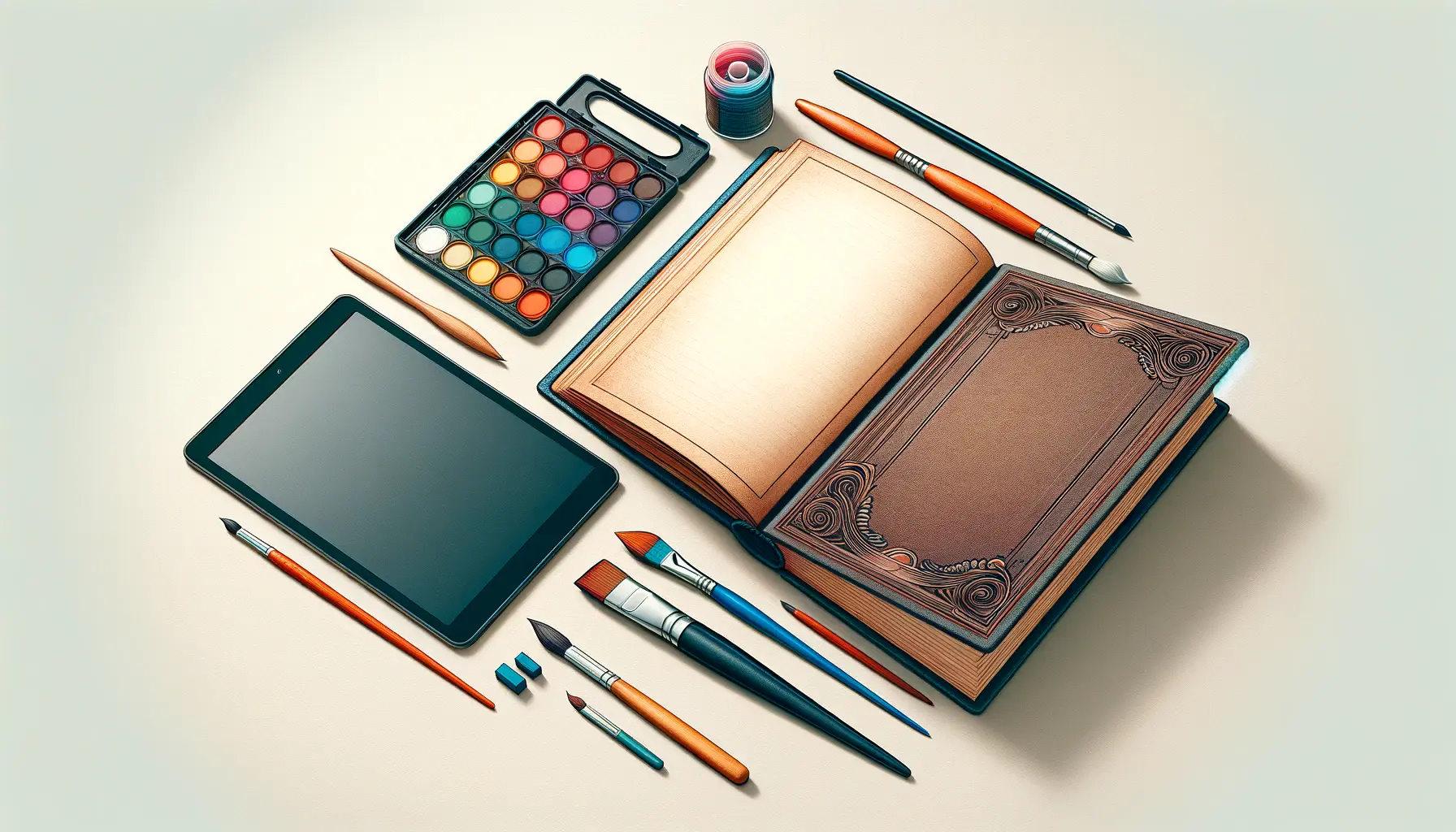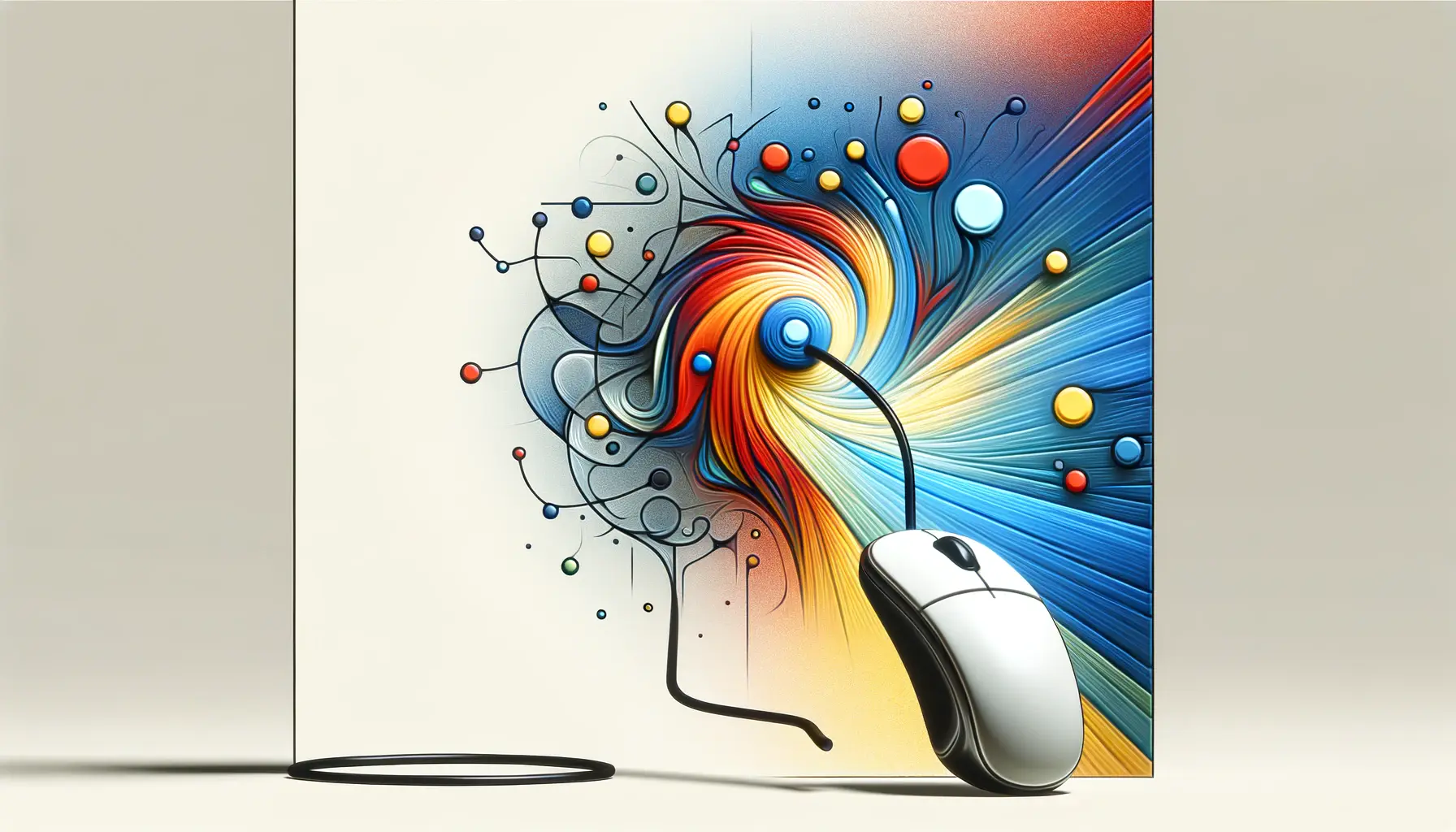The intersection of artificial intelligence and graphic design has opened up new frontiers for creativity and efficiency in the digital realm.
Among the most groundbreaking developments in this space is DALL-E, OpenAI’s AI program capable of generating images from textual descriptions.
This tool has not only captivated the imagination of artists and designers but also heralded a new era in how we conceive and execute graphic design projects.
At its core, DALL-E leverages deep learning algorithms to interpret and visualize concepts articulated in natural language.
This capability introduces a paradigm shift in graphic design, where the barrier between idea and execution becomes increasingly blurred.
For designers, this means an unprecedented ability to experiment with ideas and visualize outcomes instantly, without the need for extensive manual effort or the limitations of personal skill sets.
- Understanding DALL-E’s Impact on Graphic Design
- Exploring DALL-E’s Capabilities and Features
- Navigating the Challenges and Ethical Considerations
- Integrating DALL-E into the Graphic Design Workflow
- Future Trends in AI-Driven Graphic Design
- Case Studies: DALL-E in Action
- Maximizing DALL-E’s Potential in Your Projects
- Embracing the Future of Graphic Design with DALL-E
- DALL-E for Graphic Design: Frequently Asked Questions
Understanding DALL-E’s Impact on Graphic Design
The advent of DALL-E in the graphic design landscape is akin to the introduction of digital design tools in the late 20th century—it’s transformative.
By enabling designers to generate complex images from simple text prompts, DALL-E has democratized creativity, making it accessible to professionals and novices alike.
This democratization is not just about ease of use; it’s about breaking down the creative barriers that often stifle innovation.
One of the most compelling aspects of DALL-E is its ability to combine concepts, attributes, and styles in ways that were previously unimaginable.
This not only expands the creative palette for designers but also encourages a more exploratory approach to design.
Whether it’s creating surreal landscapes, envisioning futuristic products, or simply generating high-quality visuals for branding, DALL-E offers a new level of creative freedom.
The Role of DALL-E in Modern Graphic Design
Modern graphic design is increasingly interdisciplinary, blending elements of art, technology, and marketing.
In this context, DALL-E serves as a powerful tool for ideation and conceptualization.
It allows designers to quickly iterate on ideas, test different aesthetics, and refine concepts without the time-consuming process of manual sketching or rendering.
Moreover, DALL-E’s integration into the graphic design workflow can significantly enhance productivity.
By automating the generation of visual assets, designers can focus more on the strategic aspects of design, such as user experience, branding, and message conveyance.
This shift not only optimizes the design process but also elevates the role of designers in strategic decision-making.
DALL-E’s ability to generate images from textual descriptions revolutionizes the graphic design process, offering both efficiency and a new realm of creative possibilities.
Exploring DALL-E’s Capabilities and Features
DALL-E’s capabilities extend far beyond simple image generation.
Its sophisticated algorithm understands and interprets a wide range of textual descriptions, translating them into visually compelling images.
This section delves into the key features that make DALL-E an invaluable asset for graphic designers.
At the heart of DALL-E’s appeal is its versatility.
Designers can leverage this tool across various applications, from conceptual art and product design to branding and advertising.
The ability to rapidly prototype visual ideas based on textual prompts is a game-changer, significantly reducing the time and resources typically required for creative projects.
Key Features of DALL-E
- Text-to-Image Generation: DALL-E’s primary function, converting text descriptions into detailed images, opens up endless possibilities for creative exploration.
- Style Imitation: It can mimic various artistic styles, enabling designers to create images that resonate with specific historical periods or artistic movements.
- Concept Combination: DALL-E excels at blending disparate concepts into a single coherent image, facilitating the creation of unique and imaginative designs.
- Image Variation: The tool can generate multiple variations of a single concept, providing designers with a range of options to choose from.
These features collectively contribute to DALL-E’s growing popularity among graphic designers.
By streamlining the creative process, DALL-E allows designers to focus on refining their ideas and crafting compelling narratives through their designs.
Practical Applications in Graphic Design
The practical applications of DALL-E in graphic design are as diverse as the field itself.
From creating brand logos and marketing materials to conceptualizing product packaging, DALL-E can be integrated into various stages of the design process.
Its ability to quickly generate high-quality visuals makes it an excellent tool for brainstorming sessions, client presentations, and even final product designs.
- Branding: Generate unique logos and brand elements that capture the essence of a company’s identity.
- Advertising: Create compelling visuals for advertising campaigns that require high levels of creativity and innovation.
- Product Design: Visualize product concepts and packaging designs before moving to more resource-intensive stages of development.
- Web and Social Media: Produce eye-catching graphics for websites and social media platforms, enhancing online presence and engagement.
Incorporating DALL-E into the graphic design workflow not only enhances creativity but also optimizes efficiency, allowing designers to achieve more with less.
Navigating the Challenges and Ethical Considerations
While DALL-E presents significant opportunities for innovation in graphic design, it also raises important challenges and ethical considerations.
As with any technology that automates creative processes, there are concerns about originality, copyright, and the impact on the profession.
The ability of DALL-E to generate images based on existing artworks and styles brings to the forefront questions about the originality of AI-generated content.
Designers must navigate the fine line between inspiration and infringement, ensuring that their use of DALL-E respects the intellectual property rights of others.
Addressing Ethical Concerns
- Intellectual Property: Understanding the legal implications of using AI-generated images, especially those that closely mimic the work of human artists.
- Authenticity: Maintaining authenticity in design work, ensuring that AI-generated images are used responsibly and do not mislead viewers about their origins.
- Professional Impact: Considering the impact of AI on the graphic design profession, including potential job displacement and the devaluation of human creativity.
These challenges necessitate a thoughtful approach to integrating DALL-E into the graphic design process.
Designers must stay informed about the evolving legal landscape surrounding AI-generated content and strive to use DALL-E in a way that complements human creativity rather than replacing it.
Best Practices for Ethical Use
To navigate these challenges effectively, designers can adopt several best practices for the ethical use of DALL-E.
These include crediting AI as a tool in the creative process, using AI-generated images as a starting point for further human refinement, and engaging in ongoing dialogue about the ethical implications of AI in design.
- Transparency: Being transparent about the use of AI in creating design elements, especially when presenting work to clients or the public.
- Collaboration: Viewing DALL-E as a collaborative tool that augments human creativity, rather than a replacement for human designers.
- Continued Learning: Staying abreast of ethical guidelines and legal requirements related to AI-generated content in the design industry.
The responsible use of DALL-E in graphic design requires a balance between leveraging AI’s capabilities for innovation and respecting the ethical considerations that come with it.
Integrating DALL-E into the Graphic Design Workflow
The integration of DALL-E into the graphic design workflow represents a significant shift in how designers approach their projects.
This AI tool offers a level of speed and versatility that can enhance various stages of the design process, from initial concept development to final execution.
However, to fully leverage DALL-E’s capabilities, designers must understand how to effectively incorporate it into their existing workflows.
Adopting DALL-E requires a mindset shift, where designers see the tool as a partner in the creative process.
This partnership enables designers to explore a broader range of ideas and visual concepts than would be possible manually.
The key is to integrate DALL-E in a way that complements and enhances human creativity, rather than viewing it as a replacement.
Steps for Effective Integration
- Initial Conceptualization: Use DALL-E to quickly generate visual concepts based on initial ideas, speeding up the brainstorming phase.
- Design Refinement: Employ DALL-E to produce variations of a design concept, allowing for rapid exploration of different aesthetic choices.
- Final Visualization: Utilize DALL-E for creating high-fidelity images that can be used in client presentations or as part of the final design deliverables.
By integrating DALL-E at these key stages, designers can make the design process more efficient and dynamic.
It allows for quick iterations and the exploration of creative avenues that might otherwise be overlooked due to time or skill constraints.
Maximizing Creativity and Efficiency
To maximize the benefits of DALL-E, designers should focus on developing strong prompts that clearly convey the desired outcome.
This involves a deep understanding of the project’s goals, the target audience, and the intended message.
Effective prompts lead to more accurate and relevant image generation, reducing the need for extensive manual adjustments.
- Prompt Crafting: Develop detailed and specific prompts that guide DALL-E to generate images that closely align with the project’s vision.
- Iterative Design: Use DALL-E’s generated images as a starting point for further refinement, either manually or through additional iterations with the AI.
- Collaborative Feedback: Incorporate feedback from clients and team members into the prompts, using DALL-E as a tool for visualizing revisions quickly.
Integrating DALL-E into the graphic design workflow enhances both creativity and efficiency, enabling designers to push the boundaries of what’s possible in visual communication.
Future Trends in AI-Driven Graphic Design
The integration of AI technologies like DALL-E into graphic design is not just a passing trend but a glimpse into the future of the industry.
As AI continues to evolve, its role in creative processes is set to expand, bringing about significant changes in how graphic design is practiced and perceived.
This evolution promises to unlock new levels of creativity and innovation, reshaping the landscape of design in profound ways.
One of the most exciting prospects is the potential for AI to facilitate more personalized and dynamic designs.
As AI systems become more adept at understanding context and user preferences, designs can become more tailored to individual needs and experiences.
This shift towards personalization will likely influence various aspects of graphic design, from user interface design to marketing materials.
Emerging Trends in AI-Driven Design
- Collaborative AI: Future AI tools will likely place a greater emphasis on collaboration, working alongside designers as creative partners rather than mere tools.
- Enhanced Personalization: AI’s ability to analyze data and understand user preferences will enable designs that are highly personalized and context-aware.
- Automated Workflow Optimization: AI will play a larger role in streamlining design workflows, automating routine tasks, and freeing designers to focus on creative exploration.
These trends indicate a future where AI not only enhances the efficiency of the design process but also enriches the creative potential of designers.
By automating routine tasks and providing powerful tools for exploration and personalization, AI is set to elevate the role of designers, allowing them to focus more on strategic and creative challenges.
Preparing for the AI-Driven Future
To thrive in this AI-driven future, designers and design organizations must stay abreast of technological advancements and adapt their skills and workflows accordingly.
This includes developing a solid understanding of AI tools and their capabilities, as well as fostering a culture of continuous learning and experimentation.
- Skills Development: Designers should focus on enhancing their AI literacy, understanding how to effectively interact with AI tools and interpret their outputs.
- Creative Experimentation: Embracing a mindset of experimentation will be crucial for leveraging AI’s potential to unlock new creative possibilities.
- Ethical Consideration: As AI becomes more integrated into design processes, ethical considerations around copyright, authenticity, and the impact on the profession will become increasingly important.
The future of graphic design is poised to be deeply intertwined with AI, offering exciting opportunities for innovation and personalization while challenging designers to adapt to new tools and ethical landscapes.
Case Studies: DALL-E in Action
Exploring real-world applications of DALL-E in graphic design provides valuable insights into its potential and versatility.
These case studies highlight how designers and brands have leveraged DALL-E to achieve remarkable outcomes, pushing the boundaries of creativity and efficiency in their projects.
From conceptual art to commercial projects, DALL-E’s impact is evident across a wide range of disciplines within graphic design.
These examples not only showcase the tool’s capabilities but also illustrate the innovative ways in which designers are integrating AI into their workflows.
Revolutionizing Brand Identity
A leading lifestyle brand sought to reimagine its visual identity to better resonate with a younger, more digital-savvy audience.
By utilizing DALL-E, the design team was able to rapidly prototype and iterate on a series of logo designs and branding elements.
The AI’s ability to generate diverse visual interpretations of the brand’s core values enabled the team to explore a wide range of creative directions in a fraction of the usual time.
The final rebranding strategy incorporated several AI-generated visuals, which were refined and finalized by human designers.
This collaborative process between AI and human creativity resulted in a fresh, dynamic brand identity that significantly increased the brand’s appeal to its target demographic.
Enhancing Creative Campaigns
An advertising agency tasked with developing a campaign for an environmental nonprofit used DALL-E to create compelling visuals that highlighted the impact of climate change on natural landscapes.
By inputting detailed prompts into DALL-E, the team generated a series of striking images that depicted various landscapes undergoing dramatic transformations due to environmental factors.
These AI-generated images served as a powerful visual foundation for the campaign, enhancing its emotional impact and effectively communicating the urgency of the nonprofit’s message.
The campaign achieved widespread attention and engagement, demonstrating the potential of AI to amplify the effectiveness of social and environmental messaging.
These case studies underscore the transformative potential of DALL-E in graphic design, offering a glimpse into how AI can enhance creativity, streamline workflows, and enable designers to achieve more impactful results.
Maximizing DALL-E’s Potential in Your Projects
To harness the full potential of DALL-E in graphic design projects, it’s crucial to approach the tool with a strategic mindset.
Understanding how to effectively integrate DALL-E into your design process can significantly enhance your creative output and workflow efficiency.
Here are actionable strategies for maximizing the benefits of DALL-E in your projects.
By adopting a thoughtful approach to using DALL-E, designers can leverage this powerful AI tool to not only streamline their design process but also to explore new creative horizons.
The key lies in balancing the tool’s capabilities with human creativity and expertise.
Strategies for Effective Use
- Define Clear Objectives: Start with a clear understanding of what you aim to achieve with DALL-E. Whether it’s generating initial concepts, creating variations, or producing final visuals, having specific goals will guide your use of the tool.
- Master Prompt Crafting: The quality of DALL-E’s output heavily depends on the prompts you provide. Invest time in learning how to craft detailed and precise prompts that accurately convey your design intentions.
- Iterate and Refine: Use DALL-E’s outputs as a starting point for further refinement. Incorporate human creativity to enhance and personalize the AI-generated images, ensuring they align with your project’s vision.
Leveraging DALL-E for Innovation
- Explore New Creative Avenues: Allow DALL-E to inspire you by generating visuals you might not have considered. Use these unexpected outputs as a springboard for innovative design ideas.
- Enhance Collaboration: Share DALL-E-generated visuals with team members and clients as part of the collaborative design process. This can facilitate discussions and help refine project directions.
- Stay Informed: Keep up with the latest developments and best practices related to DALL-E and AI in graphic design. Continuous learning will help you make the most of this evolving tool.
Assuming DALL-E will replace human designers is a misconception. Instead, it should be viewed as a complementary tool that enhances the creative process.
Embracing the Future of Graphic Design with DALL-E
The journey through the capabilities, applications, and ethical considerations of DALL-E in graphic design underscores a pivotal shift in the creative industry.
As we stand on the brink of a new era where AI’s role in creative processes is both celebrated and scrutinized, it’s clear that tools like DALL-E are not just novelties but fundamental elements shaping the future of design.
The integration of DALL-E into graphic design workflows heralds a period of unprecedented innovation, efficiency, and creativity, offering a glimpse into a future where the boundaries of imagination are continually expanded.
Key Takeaways for Designers
As we reflect on the insights gleaned from exploring DALL-E’s impact on graphic design, several key takeaways emerge for designers looking to navigate this new landscape:
- Understanding DALL-E’s capabilities is just the beginning; mastering prompt crafting and iterative design processes is crucial for leveraging the tool effectively.
- The ethical use of DALL-E requires a balanced approach, respecting intellectual property rights while exploring the vast creative potential offered by AI.
- Staying informed about the latest developments in AI and graphic design will be essential for designers to remain competitive and innovative.
These takeaways underscore the importance of adopting a forward-thinking and adaptable mindset in the face of technological advancements in graphic design.
Charting a Path Forward
The exploration of DALL-E in graphic design not only highlights the tool’s potential to revolutionize the field but also prompts a broader conversation about the role of AI in creative professions.
As designers, embracing these technologies with an open mind and a strategic approach will be key to unlocking new creative possibilities and driving the industry forward.
The future of graphic design with DALL-E is not just about automation or efficiency; it’s about opening new doors to creativity, collaboration, and innovation.
In conclusion, DALL-E represents both a challenge and an opportunity for the graphic design community.
By embracing this tool, designers can enhance their creative repertoire, streamline their workflows, and contribute to shaping a future where technology and creativity converge in exciting and meaningful ways.
The journey with DALL-E is just beginning, and the possibilities are as limitless as our collective imagination.
DALL-E for Graphic Design: Frequently Asked Questions
Explore common inquiries about leveraging DALL-E in the realm of graphic design.
DALL-E is an AI by OpenAI that generates images from textual descriptions, revolutionizing graphic design by enabling rapid prototyping and creative exploration.
No, DALL-E is a tool to augment creativity and efficiency, not replace human designers. It enhances the design process but cannot replicate human insight and emotion.
DALL-E streamlines the creative process, allowing for quick generation of concepts and iterations, thus freeing up time for strategic and creative thinking.
Yes, DALL-E creates original images based on the prompts it receives, though designers should be mindful of copyright when using specific references.
Yes, DALL-E can generate images in various art styles, from classical to contemporary, based on descriptive prompts provided by the user.
Key considerations include copyright issues, authenticity of AI-generated work, and the impact on the graphic design profession.
Designers can access DALL-E through OpenAI’s platform, starting with creating an account and experimenting with prompts to generate images.
Expect more personalized and dynamic designs, collaborative AI tools, and an increased role of AI in automating and enhancing creative workflows.
